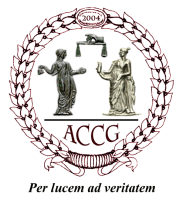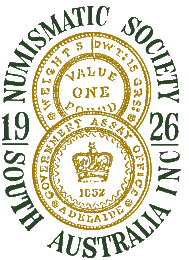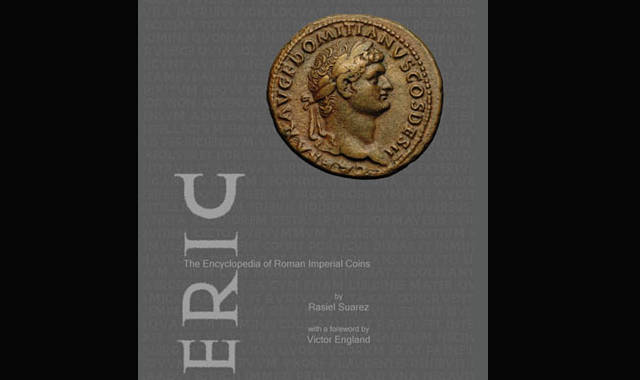Introduction
ERIC is an encyclopedia of Roman Imperial Coins published in 2005 by Rasiel Suarez. It is used to positively attribute and identify Roman coins minted between the reign of Augustus up until the reign of the byzantine emperor Anastasius I.
Although this reference is out of print, many copies may be found online albeit at much higher prices than when first released. The author has graciously made an electronic copy freely available.
In 2010, ERIC was superseded by ERIC II. This review was originally published in 2006 not too long after ERIC was first released. The author of this review has ordered a copy of ERIC II with a view to publish a review of the updated reference in due course.
Simple to Use
The key feature of ERIC is its ease of use. Combining a logical referencing system with high quality pictures of most coin types allows even the beginner collector to attribute their coin with ease. Another bonus for the beginner collector is the extra information inserted into this reference guide including: overviews of different types of coinages; overviews of different denominations; ruler biographies; market guides for each ruler; and rarity guides for each ruler. These features make ERIC an informative as well as interesting read.
Spot the Ruler
Although attribution is relatively simple, ERIC depends on the collector recognising the ruler on their coin. If the collector does not recognise the ruler, they are required to browse through the extensive guide until they can find a face or legend that they recognise. However, once the ruler is established, it is quite easy to locate the coin by matching the reverse type in the picture. Then, upon determining the denomination of the coin (the overview of the denominations can be used here if in doubt), the collector scrolls through the list of coins under the appropriate denomination heading until they find coins that match the reverse type. If there is more than one match, the search can be refined by matching any of the following: obverse inscription, reverse inscription, or bust type. Though relatively easy, it can frequently be a time consuming experience. Obviously, not all coin types are covered, but this should pose little if any problem for most collectors.
Limited Examples
As alluded to above, ERIC's ease of use is mostly attributable to the high quality colour photos. The disadvantage however, is that there is not a picture for every coin type covered. The author has shown great initiative however in recognising the aforementioned limitation and grouping similar coin types together. Thus in most instances, if a picture for a reverse-type cannot be found, a variant of the reverse-type usually is. All the collector has to do then is locate the correct reverse description which would be located near to the description of the picture used.
Conclusion
There are many alternative references to ERIC not to mention free online databases. However most of those references which are comparative in scale and usefulness are far more expensive, often beyond the budget of a beginning collector. For example, a full set of Sear's Roman Coins & Their Values costs more than USD 500. ERIC stands out as a book of quality, with pictures of far better quality than most guides, a nicely set out format, and enough additional information to allow for an quality read. It also allows the collector to identify the RIC (Roman Imperial Coinage) reference without needing to expend the USD 1,000 or so required to purchase that series. A recommended book for beginners and intermediate collectors alike.






